Discover Spring's Understated Stars: Larch & Hazel
Imogen highlights some of our trees more unusual flowers
Spring's in full swing, and while everyone's eyes are on the big bloomers, daffodils and cherry blossoms - there's a quieter duo doing their thing without the fanfare. Let's zoom in on the larch and hazel, the understated tree flowers of early spring that deserve a spot in your outdoor forays. Trust me, these guys are worth a look.
The Larch: Not Your Average Conifer
Meet the larch, the tree that breaks all the rules. Just when you thought you knew what conifers were about, the larch is here to surprise you. It sheds it’s needles in autumn, europes only desciduous conifer, but when it comes to spring, it's all about those unexpected blooms.
The male cones bring a plop of yellow, like tiny suns nestled among branches. These produce pollen grains, which are light and designed to be carried by the wind. In spring, the male cones release their pollen into the air.
The female cones, which emerge at the same time as the male cones have a sticky surface designed to catch pollen as it passes by on the breeze. They show up in shades of pink or sometimes purple, adding a dash of vibrant elegance to the forest palette. It's a seasonal twist that's easy to miss but so rewarding to find.
The larch's strategy ensures that when the wind blows, it carries the pollen from the male cones to the receptive female cones.
The Hazel: Spring's Stealth Performer
Then there's the hazel, the understory's secret star. Before the leaves take centre stage, hazel flowers step into the spotlight. The male catkins are quite obvious as they hang like soft yellow tassels, gently dusting the world in pollen.
The female flowers are much more discreet, tiny specks, which are actually tufty in appearence, you might overlook then if you're not paying close attention. Sticking out from the otherwise bare branches, these tiny blooms are ready to trap pollen as it drifts by from neighbouring trees. They cling like tiny blisters to the branches, yet closer inspection shows them to be blazing scarlet. Often as brightly red as a post box. Together, this couple are a masterclass in understated charm.
Successful pollination will later result in the formation of hazelnuts, which are not only crucial for the reproduction of the hazel tree but also provide food for a variety of wildlife.
Why You Should Care
So, why tune into this low-key duo? Because discovering the larch and hazel's spring show is like finding a secret garden! It's about appreciating the little things and understanding that sometimes, the most fascinating stories are told in whispers, not shouts.
This spring, challenge yourself to slow down and seek out the larch and hazel out in the woodland. Let their understated beauty be a reminder that nature's wonders aren't always where you expect them to be. It's a perfect excuse to get outside, explore, and maybe, just maybe, see the familiar with new eyes.
So, are you ready to give the larch and hazel their moment in the sun? Your next sping walk in the woods just got a lot more interesting.
Imogen Furlong, the High Life Highland Countryside Ranger Manager, is known for her enthusiasm, organisation, and drive. Her deep passion for the Scottish Highlands' wildlife and extensive experience in outdoor education and recreation management have been central to this role. Imogen is a practical and collaborative project manager, empowering her teams to work effectively in communities and contribute to local conservation efforts.


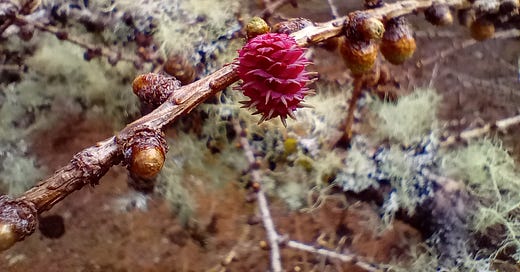



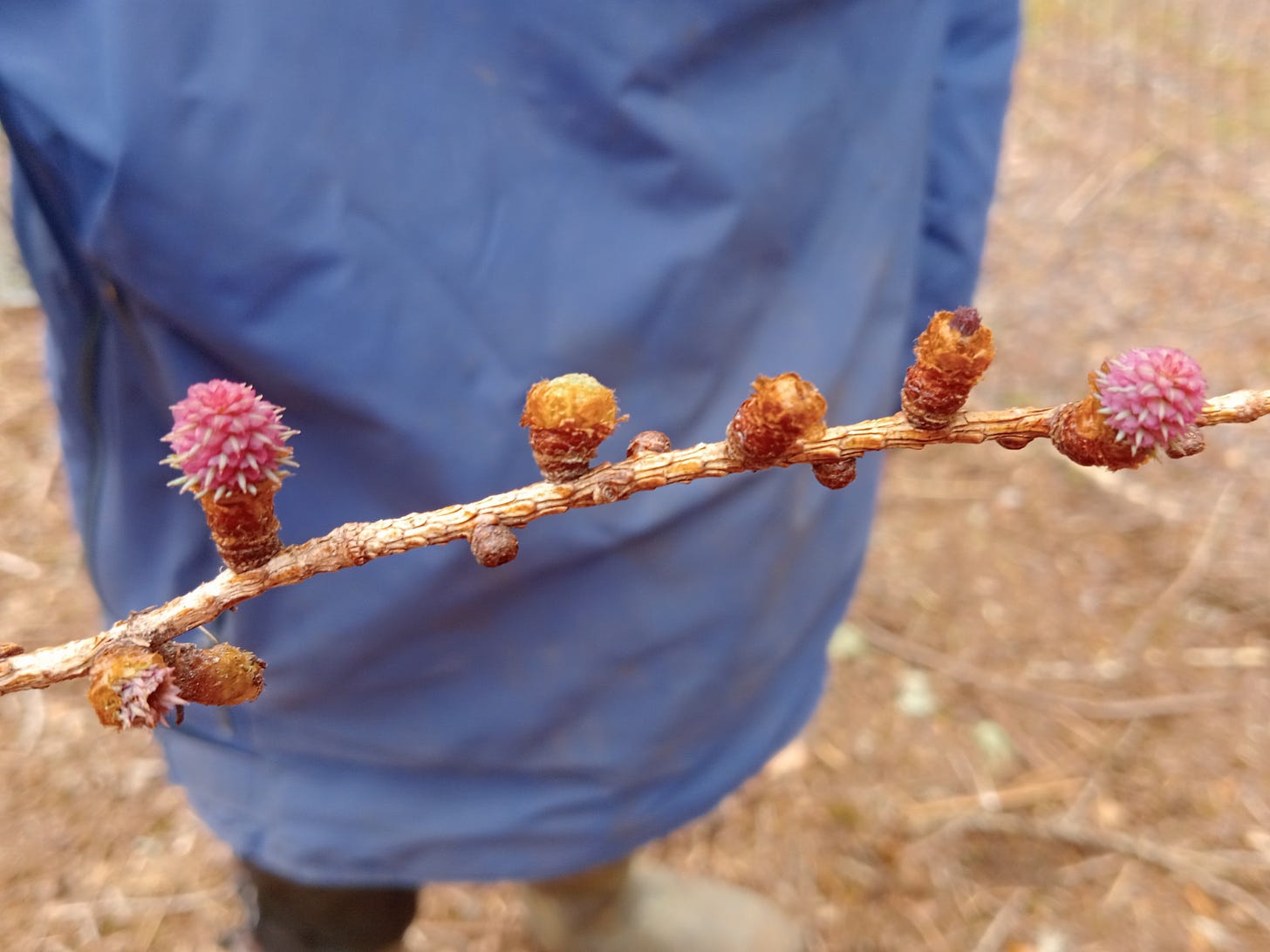
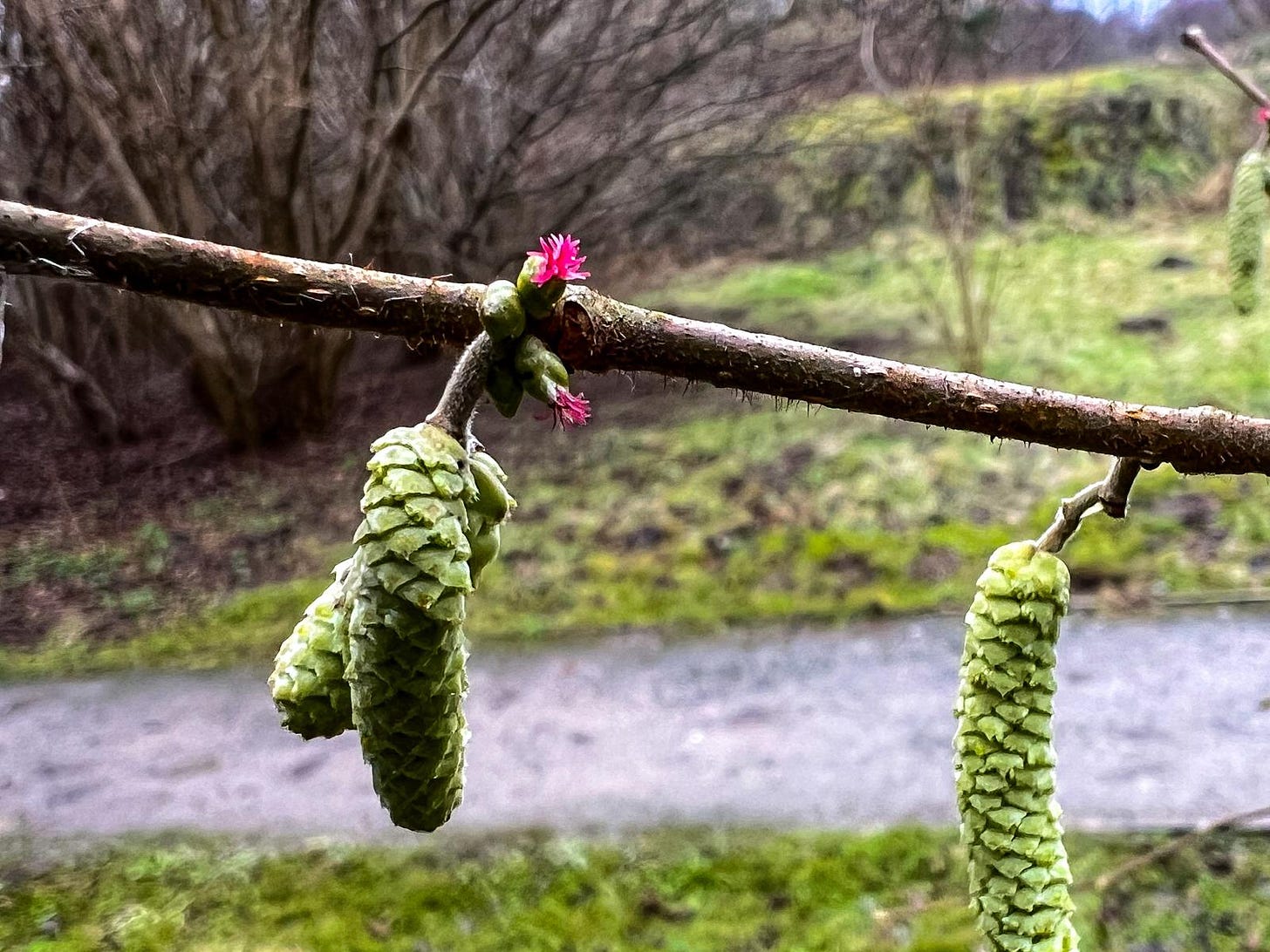
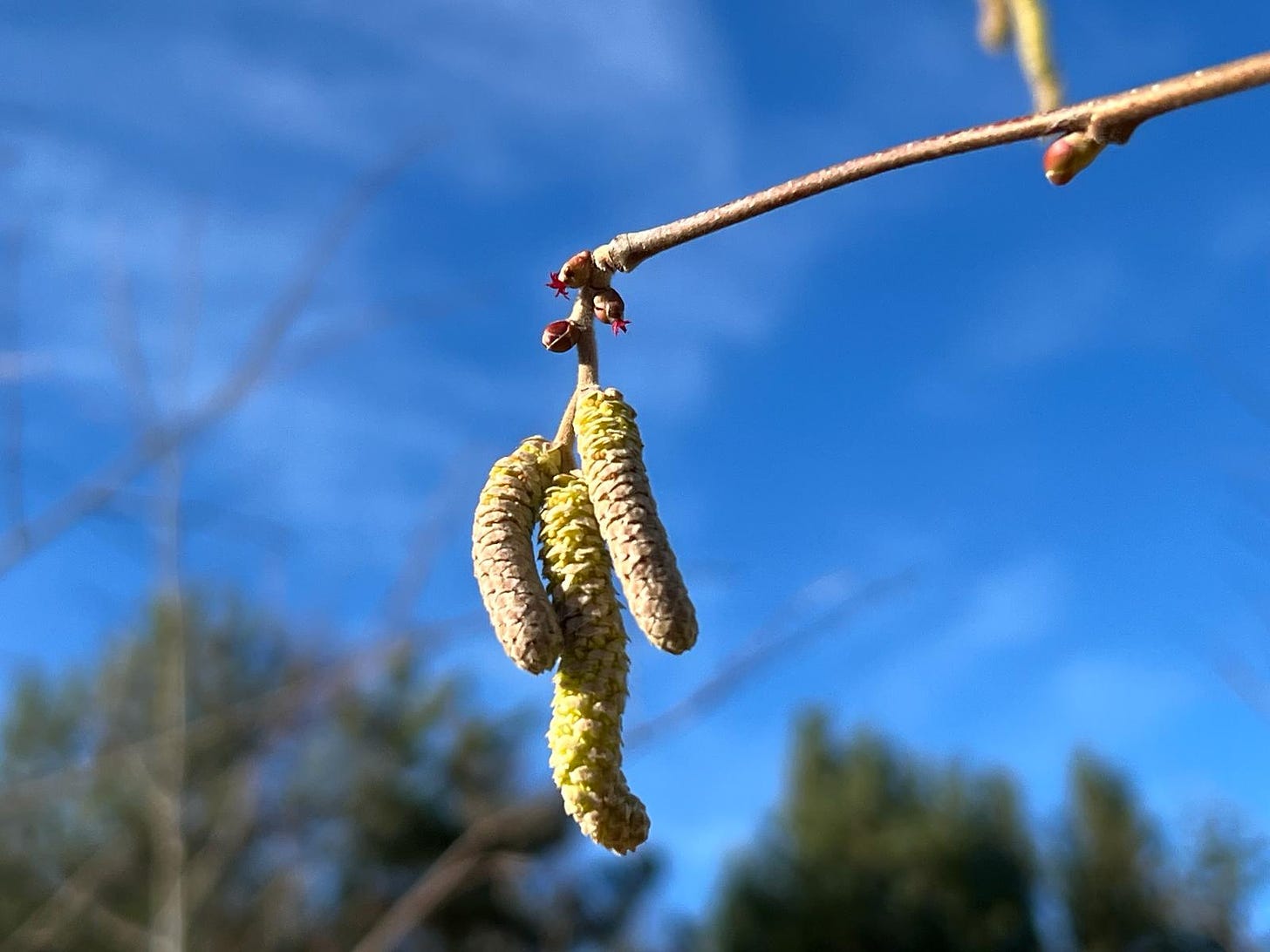
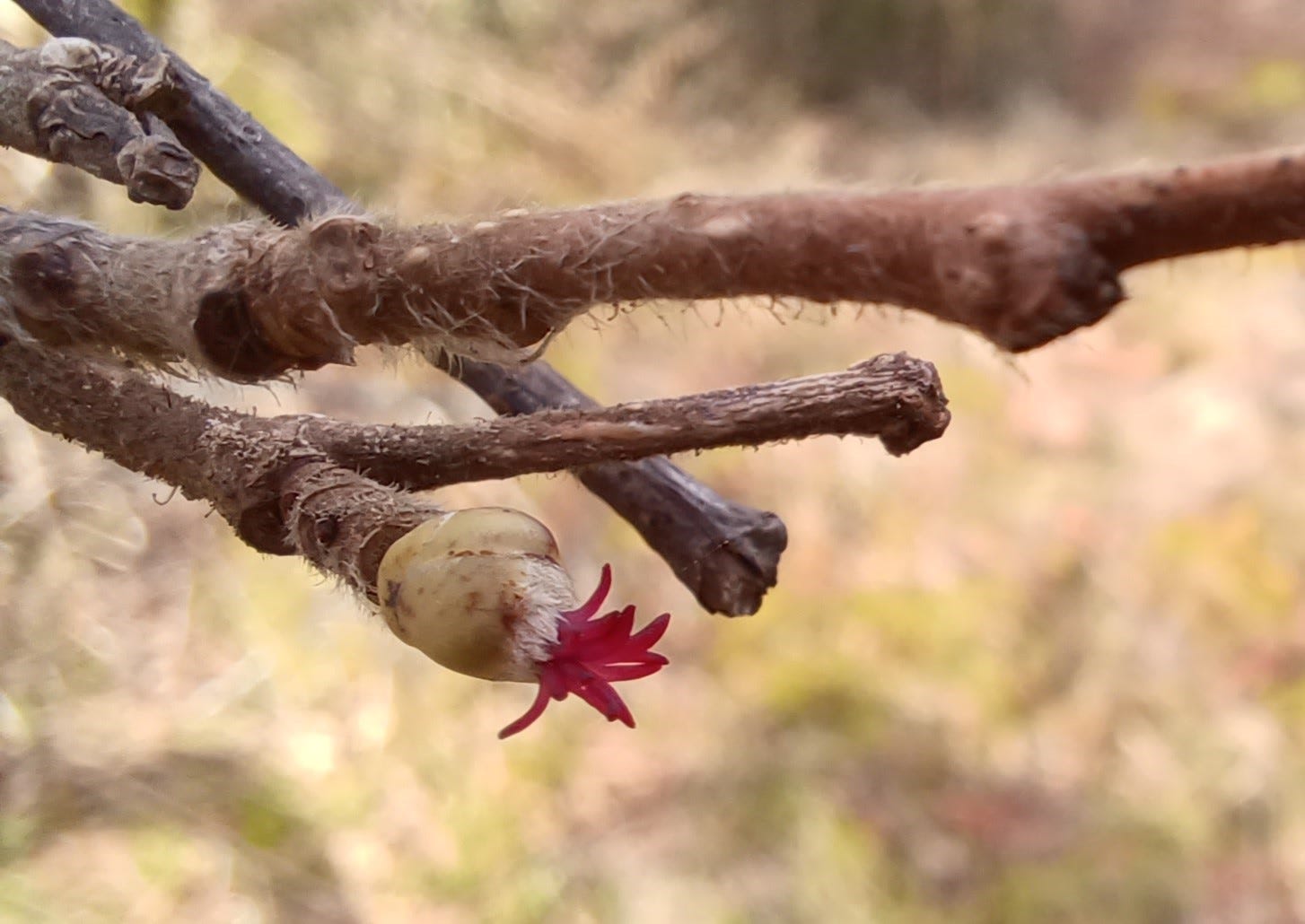

Very informative, clear and current for Spring😃